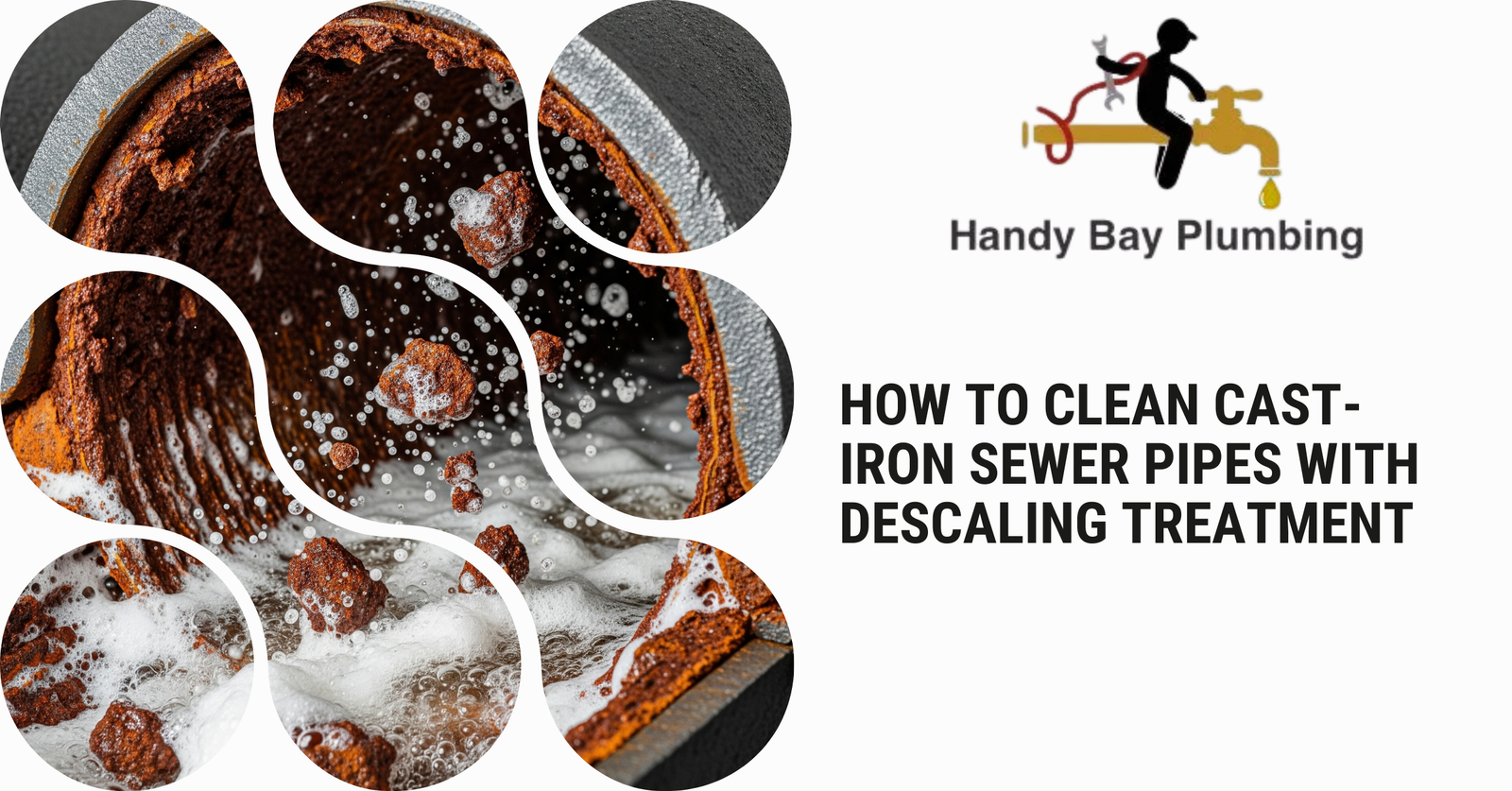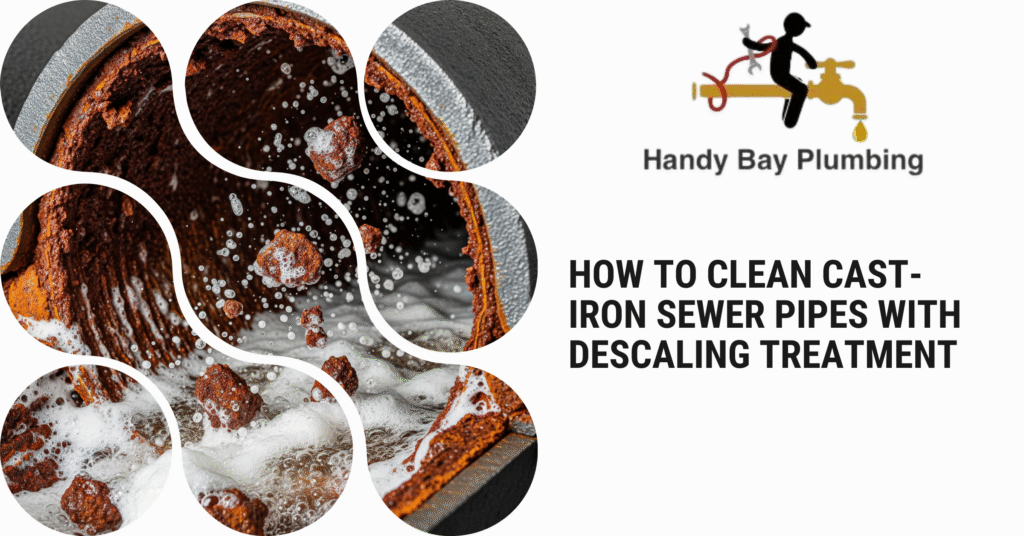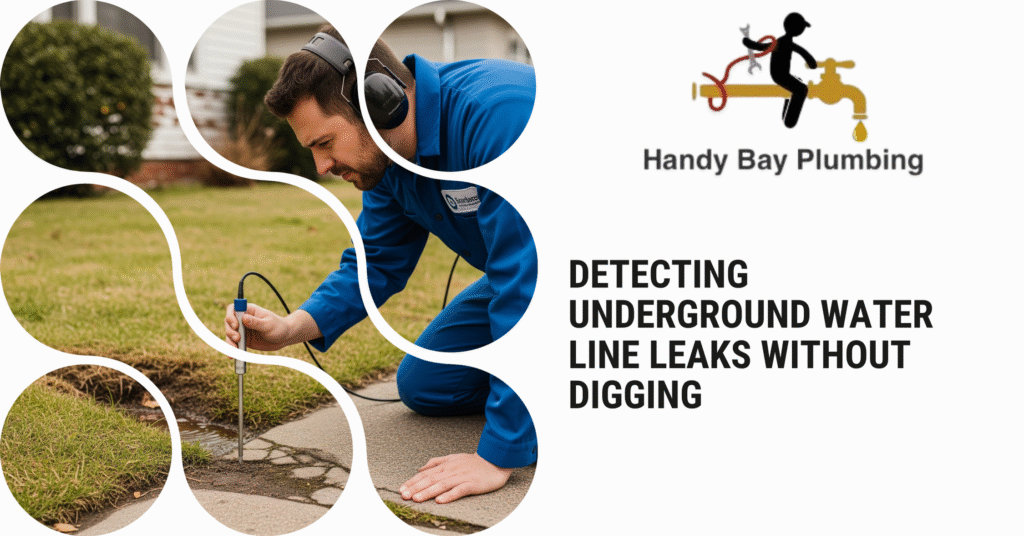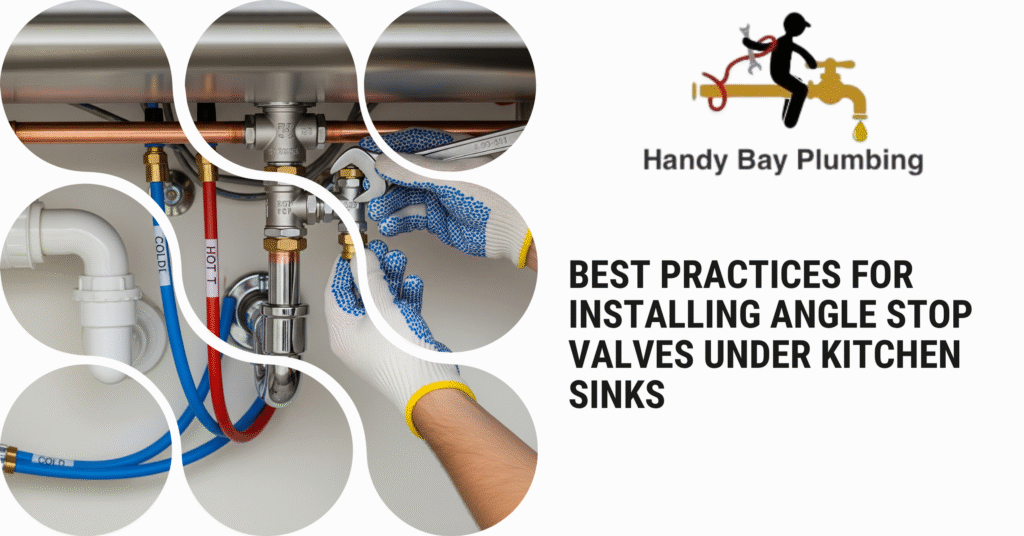Introduction
Cast-iron sewer pipes have been widely used for decades because of their strength and durability. However, over time, these pipes can develop a buildup of scale, rust, and debris that restricts water flow and leads to blockages. One of the most effective ways to restore them is through descaling treatment. This process removes internal deposits without replacing the entire pipe system, saving you both time and money.
In this guide, we’ll walk you through the step-by-step process of cleaning cast-iron sewer pipes with descaling treatment, discuss the benefits, and share safety tips for the best results.
Understanding Cast-Iron Sewer Pipes
Cast-iron pipes are designed to last for decades, but they are not immune to corrosion and mineral deposits. Over time, substances like hard water minerals, grease, and organic waste create a thick layer of buildup inside the pipes. This buildup reduces the pipe’s inner diameter, slowing down water drainage and increasing the risk of clogs.
What is Descaling Treatment?
Descaling treatment is a professional plumbing process that uses specialized tools to remove hard deposits and corrosion from inside cast-iron pipes. This is different from basic drain cleaning, which usually only clears soft blockages.
There are two main descaling methods:
- Mechanical Descaling – Uses high-torque rotating cables or chains to scrape the buildup from pipe walls.
- Hydro-jet Descaling – Uses high-pressure water jets to blast away scale and debris.
Signs Your Cast-Iron Sewer Pipes Need Descaling
Before scheduling descaling, watch for these warning signs:
- Slow Draining Sinks or Tubs
- Gurgling Noises in Pipes
- Foul Sewer Odors
- Recurring Blockages
- Water Backups
If you notice multiple symptoms, scale buildup is likely restricting water flow.
Step-by-Step: How to Clean Cast-Iron Sewer Pipes with Descaling
Step 1: Inspection with a Sewer Camera
A plumber will first insert a waterproof camera into the pipes to inspect the condition and identify problem areas.
Step 2: Choosing the Descaling Method
- If the buildup is light to moderate, hydro-jetting may be enough.
- For heavy scale and corrosion, mechanical chain descaling is recommended.
Step 3: Performing the Descaling
- Mechanical Method: A rotating cable with carbide-tipped chains scrapes off the buildup.
- Hydro-Jetting: A high-pressure water nozzle blasts away debris without damaging the pipe.
Step 4: Final Rinse & Inspection
After cleaning, the pipes are flushed to remove loosened debris, followed by another camera inspection to ensure the interior is smooth and clear.
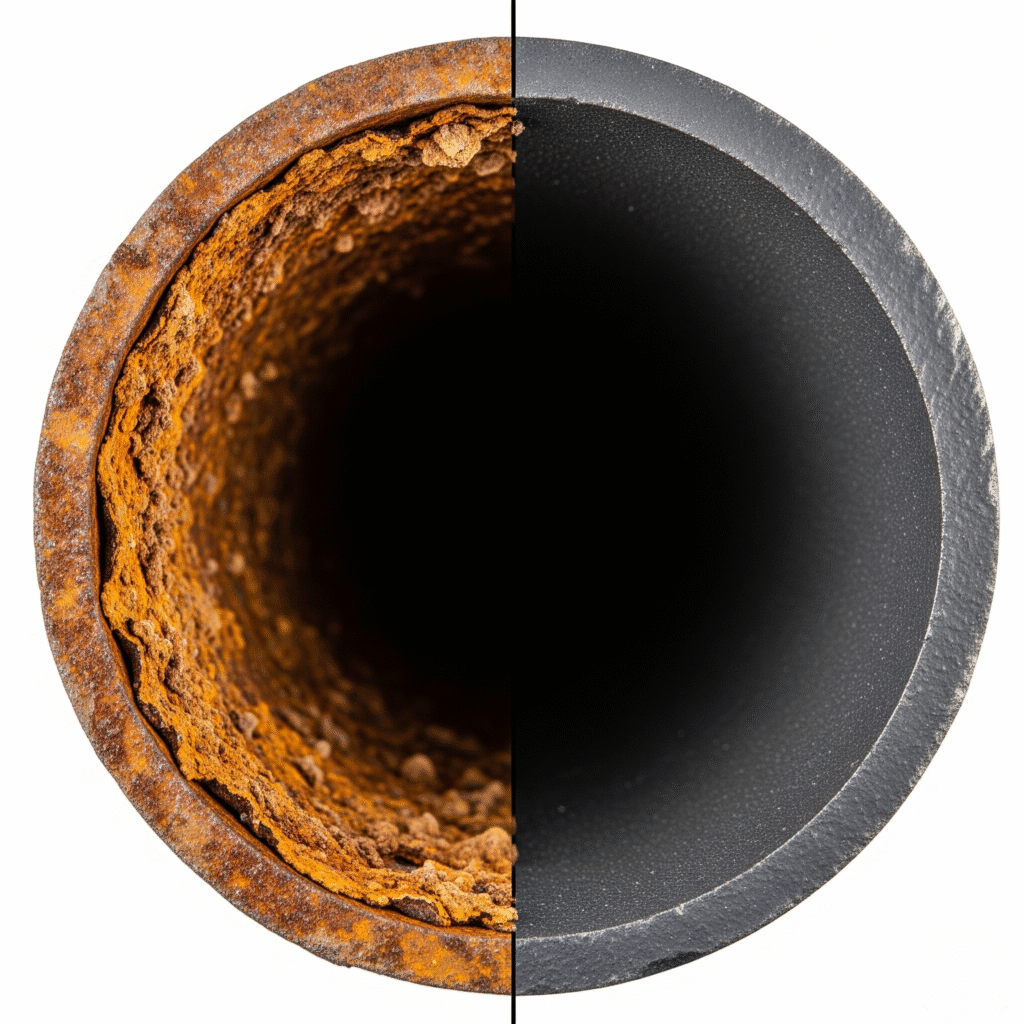
Benefits of Descaling Cast-Iron Sewer Pipes
- Restores Full Water Flow
- Prevents Future Blockages
- Extends Pipe Lifespan
- Eliminates Foul Odors
- Cost-Effective Alternative to Pipe Replacement
Safety & Maintenance Tips
- Always hire a licensed plumber for descaling work.
- Avoid chemical drain cleaners, as they can damage cast-iron pipes.
- Schedule preventive inspections every 2–3 years.
- Consider installing a water softener if you have hard water.
Conclusion
Cleaning cast-iron sewer pipes with descaling treatment is a highly effective way to restore plumbing performance without the cost of replacement. Whether you choose mechanical or hydro-jet descaling, keeping your pipes free of buildup will improve drainage, prevent clogs, and extend the lifespan of your plumbing system. Contact us today!

